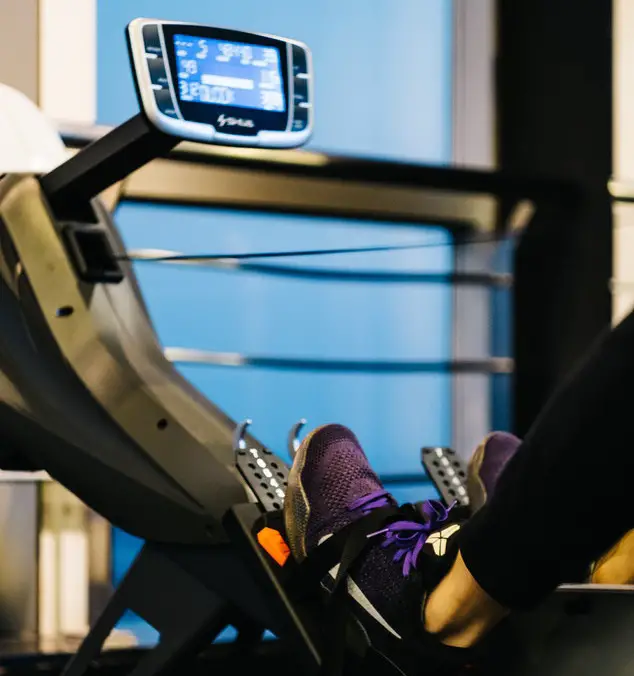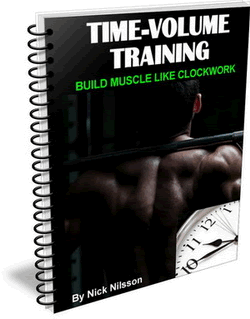By Jane Sandwood
To maintain a healthy body weight, you need to balance how many calories you take in with how many you burn each day.
Seems simple, right? Unfortunately, for many of us, it’s just not that easy. An unhealthy balance in diet and exercise is primarily responsible for the current obesity epidemic in the U.S., with as many as 50 million Americans living sedentary lifestyles. Packing on the pounds does more than just chip away at your confidence, too - obesity can lead to a variety of serious health complications, from heart disease to diabetes.
If you want to lose weight, you first need to learn how to balance diet and exercise. It might be tedious, but by being careful about counting calories, you can avoid fluctuations in size and reach a healthy goal weight. Here are some tips on how to adjust your diet to ensure that you make the most out of every workout session.

Start with A Healthy Breakfast
If you plan to exercise in the morning, make sure to an hour hourly to have breakfast. Starting your workout well fueled will benefit your results. In fact, studies suggest that consuming carbohydrates before a workout can improve performance and prolong activity for a higher intensity. Without quality carbs, you will feel sluggish, lightheaded, and less energetic.
Stick to Lean Proteins
When you’re exercising regularly, it is important to eat plenty of protein to maintain muscle mass. Protein is essential to growing, maintaining, and repairing tissues within the body. You need to be careful about what you choose to eat, however, as not all proteins are created equal. Red meat is high in saturated fat, which not only increases your daily calorie count but may also lead to a higher risk of heart disease. It’s best to stick to lean meats such as poultry and seafood.
Eat What You Want
Not everyone wants to live a life full of plain salads. If you’re craving a burger, go ahead and eat the healthier version of it. Why not enhance your meal with whole food ingredients rather than a fast food variety. Instead, make your burger at home, using turkey meat and load up on veggies.
Portion Control
While this may be a tricky one while eating out, there are a few hacks to help you monitor your portions and control how much you eat. Consider eating from a smaller plate. This will help you curb your appetite, eat smaller amounts, and prevent the chances of going for another serving. If you are dining out with friends or family, eat half of your meal and ask the server for a take-home box. Not only does this help you save on calories, you can even enjoy your meal the next day.
Add Quality Supplements
Athletes often assume that diet and exercise are the only strategies to living a long, healthy life. However, if you are doing more exercise to substantially deplete energy reserves, you are using up more nutrients for energy recovery. As a result, athletes are at a higher risk of nutrient deficiencies – resulting in poor health and performance. Even with the best diet possible, it can be difficult to achieve these vital nutrients – that is where supplements come in. Depending on your dietary needs, supplements that can help support fitness goals as well as meet your daily nutrition, such as:
- Vitamin C
- L-Glutamine
- Whey Protein
- Beta Alanine
- Creatine
- Spirulina
- Glucosamine
- Zinc monomethionine
- Magnesium Aspartate
- Sesamine
Taking multivitamins and supplements will help keep your body enriched with essential nutrients, especially those engaged in high levels of physical activity.
Sweat It Out
Balancing a healthy diet with exercise is easy – when you know how to do it right. Consider the amount of calories you’ve eaten throughout the day and use it as a guide to your workout. People often overestimate the number of calories they burn during exercise, especially with HIIT. According to a study published in the Journal of Sports Medicine and Physical Fitness, students consume nearly three times the amount of calories than they burn during their workout. However, that shouldn’t stop you from increasing your routine on days where you’ve indulged more than usual.
Don’t Go Overboard
When you’re starting your weight loss journey, it can be tempting to slash calories left and right to make things go faster, but losing too much weight at once can lead to health problems such as frail bones, muscle loss, and general fatigue. It also sends your body into survival mode, retaining more fat to prevent starvation. You should be conservative in how many calories you cut, especially at first. Women should eat at least 1,200 to 1,500 calories per day when dieting, while men should consume between 1,500 and 1,800 calories daily.
Losing weight is never easy, but with the right balance of diet and exercise, you can take the initial step towards shedding those first few pounds. By eating right, you can ensure that you’re not negating the hard-earned effects of your workout. Just keep in mind that the healthiest approach is always moderation.
![]()
More From Fitstep.com
| How Do I Build a Bigger Butt? | |
| How to Spot Reduce Stomach Fat | |
| How I Got My Butt Kicked By a 68 Year-Old Woman | |
| Get a Ripped Six-Pack With Abdominal Sit-Ups |
Share This Page...
---
Home -> Fitness For Beginners -> Articles -> Balancing Diet and Exercise



